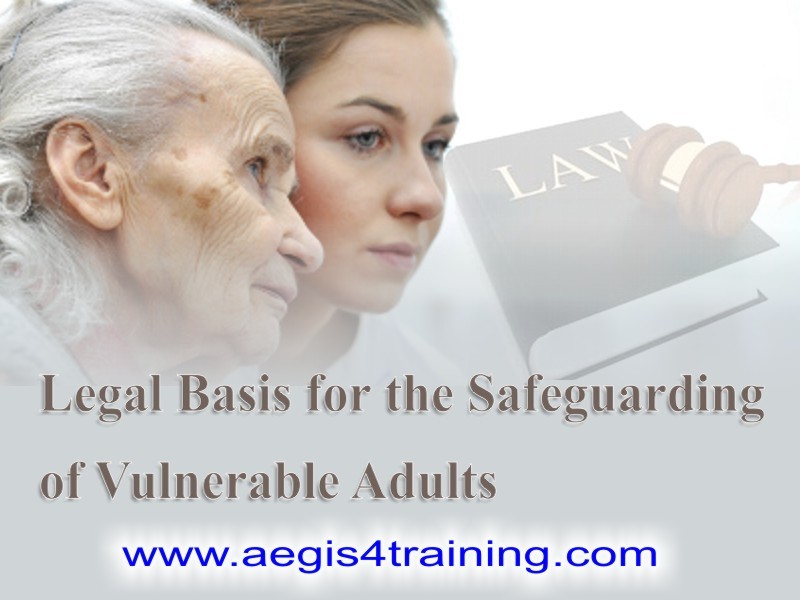
Doctors have a key role in safeguarding adults at risk from harm. Identifying and reporting safeguarding events is the duty of all clinicians, and doctors need to familiarise themselves with how to do this
Be sensitive to the challenges of inquiring about abuse. Does the patient want the support of a trusted person? Have you made sure the abuser is not present at the assessment?
Information sharing and reporting are necessary to protect adults at risk. Be aware of when the need to share information outweighs the right to confidentiality
Working in partnership with other agencies and organisations is recognised as good practice and fundamental to ensuring that services provided are safe and of a high quality. Adults at risk may receive care from several different providers, and so a coordinated approach is most effective in safeguarding adults
The policy and procedures are for different agencies and individuals involved in safeguarding adults, including managers, professionals, volunteers and staff working in public, voluntary and private sector organisations. They represent the commitment of organisations to:
- work together to prevent and protect adults at risk from abuse
- empower and support people to make their own choices
- investigate actual or suspected abuse and neglect
- support adults and provide a service to adults at risk who are experiencing abuse, neglect and exploitation.
According to the No secrets government guidance (DH, 2000), local authorities have the lead role in coordinating work to safeguard adults. However, the guidance recognises that successful responses need multi-agency and multi-disciplinary working.
Local implementation
Each local partnership is asked to adopt this policy and procedures so that there is consistency across London in how adults at risk are safeguarded from abuse. However, some local partnerships may want to adapt some aspects of the procedures to meet their local arrangements. For example, some boroughs may have a slightly different approach to thresholds for Safeguarding Adults action. Local partnerships could add an appendix to this policy and procedures, outlining any variations.
Individual organisations may also wish to have internal guidelines for their staff. Again, organisations are encouraged to adopt these procedures as their main guidance, but to add an appendix outlining internal arrangements such as contact details.
These procedures should also be used in conjunction with partnerships’ and individual organisations’ procedures on related issues such as domestic violence, fraud, disciplinary procedures and health and safety.





